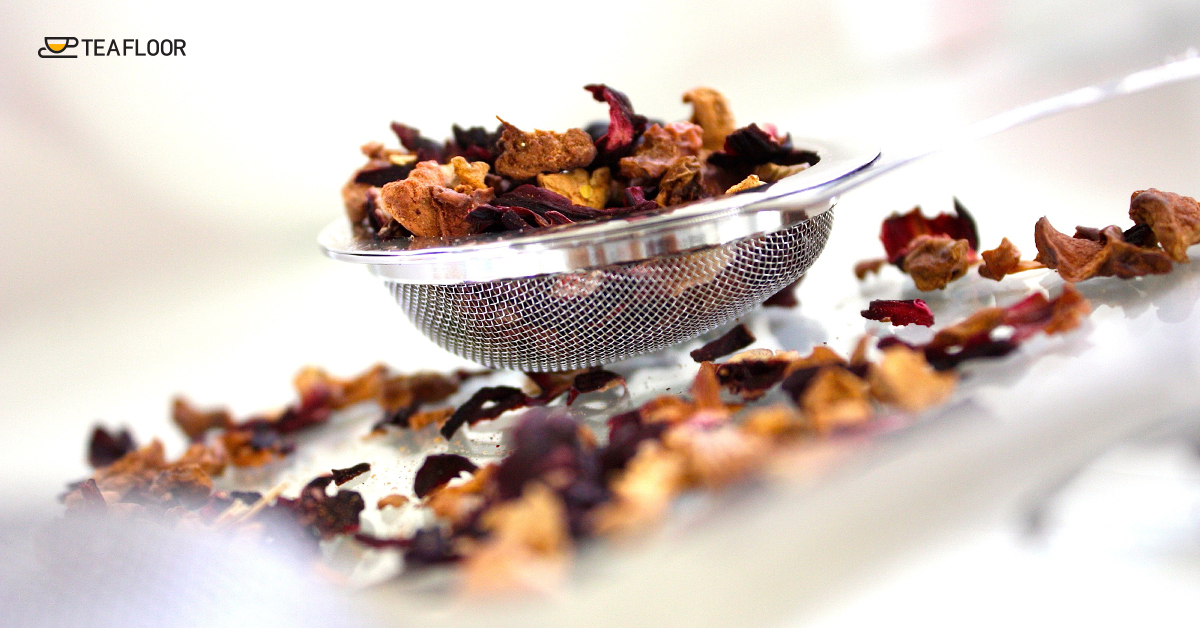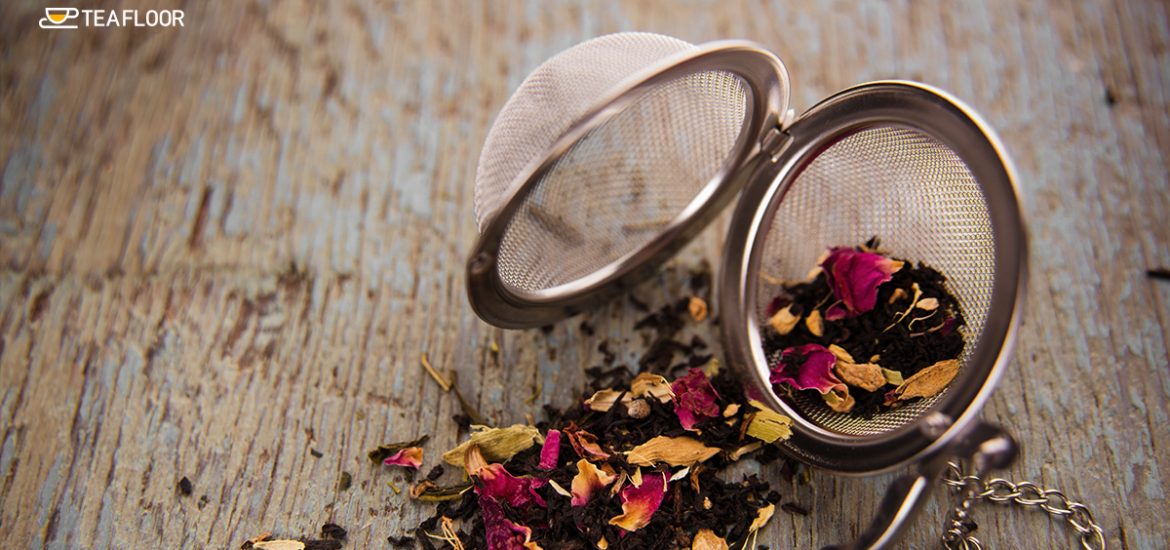In more recent times, the popularity of brewing loose leaf tea has grown exceptionally. Tea enthusiasts are actively looking for new ways to brew their exotic loose tea leaves, in order to extract the best flavour from them. One of the oldest yet intelligible ways of brewing in vogue is the use of a tea infuser.
Tea leaves are very complex, with versatile flavours and immensely charming steeping rituals and ceremonies. However, not everyone has the time or practice to steep tea the ritualistic way. Due to this reason, every tea lover quickly but steadily adapts to using a tea infuser.
History of the Tea Infuser
A tea infuser is a tool that lets you steep loose leaf tea. Generally made with mesh wires, unlike single-use tea bags, tea infusers are reusable. It allows you to hold the leaves together, often in a mesh ball or basket and keep them bound to a certain compartment, without allowing them to float freely through your beverage.
Evidence of the tea infuser’s existence appears in ancient history, with the earliest models being made of bamboo. These later evolved into tools of stainless steel, sterling silver, china, porcelain, silicon and linen. During the revered imperial era of the Tang Dynasty of China, records of the tea infuser appear in a small book called ‘The Classic of Tea’. The purpose of the infuser in this age was to keep out any living things, like small insects, from drinking water.
However, the use of the infuser to contain the leaves from straying in the vessel wasn’t used until the 17th century.
The Dutch merchants made tea more readily available to outsiders, especially the British. And as the demand for tea grew, so did the demand for tools that could be used to separate the leaves from the liquor. This is what gave rise to the production of tea strainers and tea infusers.
The British owned and produced large tea plantations in various countries like India. But their produce was of finer tea leaves, unlike the Chinese, who produced larger tea leaves. The Chinese never required to strain their tea while pouring from the pot, because the tea leaves didn’t drop into the cups once expanded. The smaller leaf infusion, however, required a solution to stop the leaves from landing in the cup from the pot.
Initially, strainer baskets were used in the Victorian era. Tea infusers gained fame in the 19th century when heavier and sturdier infusers were produced with fine silver. Marketed by companies like Tiffany and Gorham, these infusers were made for those who could afford them. Smaller designers, however, created unique and attractive designs of tea infusers, since they couldn’t afford to mass produce expensive silver ones. This attracted customers with smaller pockets, for tea was a beverage loved by all.
In the early 20th century, the tea infuser scenario soon took a drastic turn when Thomas Sullivan, a tea merchant, shipped out tea packed in tiny silk bags. Since the customers had no idea that the bag was supposed to be removed, they boiled the tea with the silk bag still on. This is what gave rise to a new way of steeping- with the help of tea bags.
Recently, nevertheless, the mighty yet tiny tea infuser has once again risen to stardom. Since commercial tea bags serve nothing but fannings and light flavours, loose tea leaves have made it big in the market. And for the same reason, so has the tea infuser.

How to use a Tea Infuser?
The art of brewing the perfect cup of tea with an infuser is quiet simple. Yet, the entire process feels like a craft in itself. Using a tea infuser is hassle free and extravagant seeming process, which allows you to utilise the entire product quiet fairly.
For every 170 ml of water, one teaspoon of tea leaves is required for steeping. Measure and put the proper amount of leaves. Place the infuser in a cup or teapot and pour hot water in it according to your serving. Since the steeping time varies from tea to tea, here is a vague guide on the amount of time required for each variety:
● White tea leaves: 2-3 minutes
● Green tea leaves: 2-4 minutes
● Black tea leaves: 3-5 minutes
● Oolong tea leaves: 5-7 minutes
● Herbal tea leaves: 5-7 minutes
Once the tea is done brewing, remove the infuser from the teaware and allow the brew to come down to a drinkable temperature and then enjoy your tea.
Classic Tea Infusers- Teafloor’s Choice
Though the market today is full of infusers with quirky designs and newer materials, there is something very satisfying and regal about using a simple mesh wire tea infuser. One of the first designs to have been produced in the name of infusers, the tea ball and snap ball infusers are the easiest to use and pocket-friendly tea infusers out there.
The tea ball infuser, or the tea egg, is one of the oldest, yet the most classic instrument used to brew loose leaf tea. Having been around for over a hundred years, these tiny devices have become a saviour for tea lovers who travel often. It is generally made from stainless steel and has a latch in the middle that allows the infuser to open up in two halves. It is sturdy and can hold up to one teaspoon of tea leaves which is optimum for two cups of tea.
The other more commonly used tea infuser is the snap ball infuser. This tea infuser is a beneficial two-in-one tool, which makes your tea brewing an even easier process. It comes with a compressible handle that allows you to open the main compartment and scoop out the tea leaves directly into the infuser. It is one of the sturdy, travel-friendly infusers, which allow the flavours to bleed out flawlessly.
Tea infusers give premium tea leaves enough space to unfurl and expand, imparting the full potential of the tea. Infusers, these days, come in various fun designs and sizes. However, for any tea sommeliers, a simple tea infuser serves the perfectly steeped cup of tea. The classic ball infusers will always have a place on the table. So, adding a tea infuser to your tea arsenal is never a bad idea.
